I’ve long been obsessed with how people experience and make meaning of big concepts – like democracy and development, rights and accountability – in their everyday lives. A big part of this is how politicians and leaders use concepts and ideas to amass a following and mobilize support. Take San Francisco supervisor Dean Preston who blames decades of failing housing policy in his city (which includes his own record) on the fuzzy concept of neoliberalism.
It’s easy to demonize opponents and hide behind big words and theories. The word gentrification now encapsulates all that is wrong with how many cities have grown, causing everything from racial displacement, to inequality, to soulless playgrounds for the rich. Politicians like Preston, and others, blame neoliberalism and its promoters – global capitalists and the real estate industry – as the cause of these inequitable outcomes. Gentrification now encapsulates an entire development process to avoid.

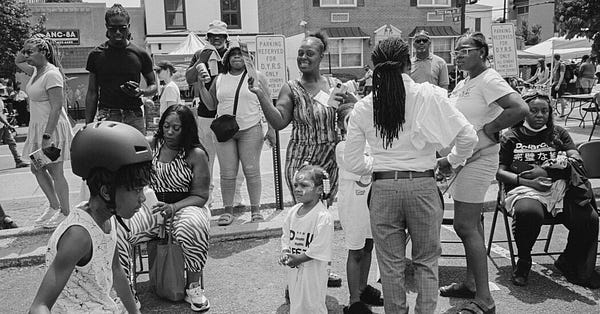
But underneath these public narratives, communities, organizations, and political entrepreneurs are fighting for local control, or authority over the decision-making process to determine the future trajectory of everyday life and their inhabited physical space. While residents certainly want their property values to rise, they also want to make decisions about what happens in their streets, neighborhoods, and communities. And many are afraid that others – often newcomers – will change their lives for the worse.
The struggle for local control is at the heart of most contentious politics today.
1. NIMBY versus YIMBY
Jerusalem Demsas recently wrote a piece in The Atlantic called “Community Input is Bad, Actually.” In it, she argues that “Across the country, angry residents and neighborhood associations have the power to delay, reshape, and even halt entirely the construction of vital infrastructure.” She blames angry residents and neighborhood associations for being a major part of America’s housing shortage.
People attend community meetings and voice their resistance, often halting projects or slowing them down so much that they become untenable. Residents use environmental law (as in California and Minneapolis), claims to neighborhood character, worries over congestion and parking, and fears of noise, light, and other construction pains to delay development. While these groups come from far and wide across the political spectrum, including racial justice advocates, environmental activists, church groups, and tenant organizations, they have been labeled NIMBYs because of an organizing principle of “not in my backyard.”
YIMBYism has emerged as a pro-housing movement to counter the power of NIMBYism. YIMBYs advocate for increasing the supply of housing, especially through market mechanisms and rezoning schemes. “Build baby build” is a thread that unites many YIMBY groups. Supporters often point to studies that outline the massive shortage of housing supply in the US, rising costs of construction, and limited effects of gentrification on displacement. There is now a vibrant and noisy fight between NIMBYs and YIMBYs taking place in the newspapers and on social media (see Preston, again).
Yet the NIMBY versus YIMBY dichotomy misses the fact that these struggles are not just about housing and infrastructure. They are about local control and who will make decisions that will shape the future of the neighborhood. More housing might not displace old residents, but it could contribute to the growth of a population that has not lived there before, potentially changing the political and social dynamics of the area. Alternatively, new affordable housing might not impact property values or even devastate the environment, but it could change the population of the schools and health clinics. At the heart of these matters is the question of who belongs in the city.


The Last Black Man in San Francisco encapsulates how changing neighborhoods evoke a sense of history and belonging—and potential loss. People are not just fighting for shelter and their pocketbooks, but history and belonging to the city.
Residents are seeking membership into the urban commonwealth.

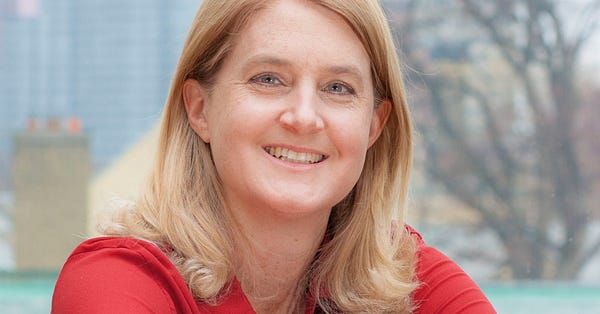
2. Cemeteries and urban space
I began each day of my new Swedish life by looking out the window at the sun rising above the cemetery across the street (I’ve since moved, and now look out to a massive 15th century church). Most of the burial plots are familjgraves, or sites where entire families are buried together. Almost every day, a woman brings tulips or daffodils to the grave that parallels the main boulevard – and she rakes the stones that blanket the plot. I imagine how these private moments connect her memories to everyday life.

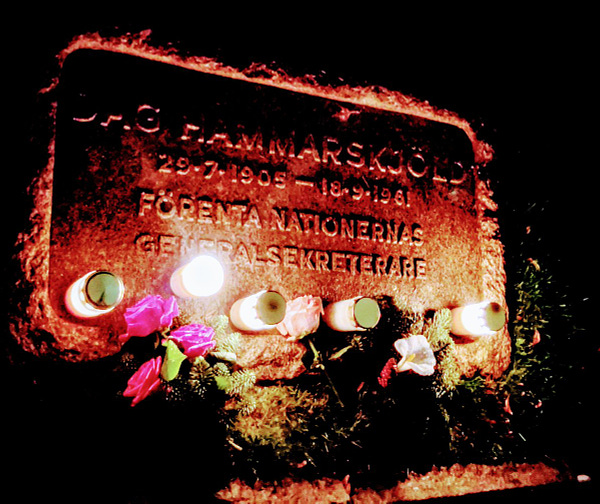
What is most striking to me about the cemetery is its centrality to public life in the city. It sits at the center of the oldest universities in the country. It acts as a thoroughfare to cross from one side of campus to the other, as well as a space for walkers and joggers to enjoy the outdoors. Despite being a receptacle of dead bodies, it is an active and lively part of the city.
This has sparked my interest in the role of cemeteries in public life. Luckily, there is some exciting new research that discusses cemeteries in the context of urban space, beyond the well-established literature on burial practices.
Sarah Balakrishnan’s fascinating article discusses how “the state’s dispossession of land in colonial Ghana began with the creation of public cemeteries.” Historically, the native Ga people of Accra buried the dead in their homes. They could not sell their “family homes” because it contained the spirit of their ancestors, as they were “sacred, immovable properties.” Urban planners, therefore, could not purchase land to reshape the city into a modern and legible form.

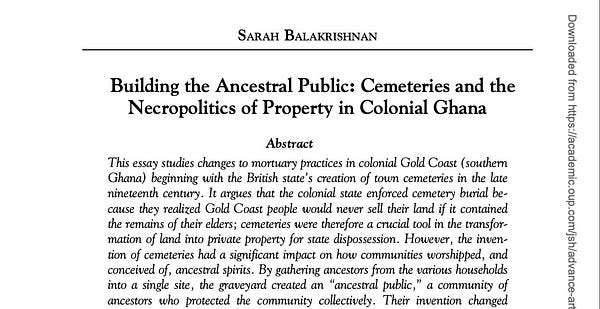
Thus, the British colonial government passed the Public Cemeteries Bill in 1888, which banned in-house burials. They sought to desacralize family homes so that they could be sold or demolished to make way for modern infrastructure. Colonial authorities wanted to “re-engineer urban space according to a particular imagination of how a society should operate.”
The creation of public cemeteries led to the dispossession of native land. It also collectivized the burial process, and gave the ancestors a new role as protectors of the community. Balakrishnan explains that cemeteries extended the spiritual community to the municipal level and produced an “ancestral public.” Every urban area now needed cemeteries, prompting local elders, chiefs, and sub-chiefs to found new burial grounds. Control over corpses provided a “novel form of political power—determining who could, or who could not, be buried, and where—they asserted their personal authority through necropolitics.”
Rule of cemeteries represents a powerful source of local control.
Kwamena Ato Onoma’s recent work provides an excellent account of how cemeteries in local Senegalese communes explain histories of migration and belonging. In one article, Onoma emphasizes the role of temporality, finding that migrants to Joal-Fadiouth whose family have lived there for generations prefer to be buried in Joal-Fadiouth rather than their hometown, to be closer to ancestors. Their sense of belonging is rooted in the city.

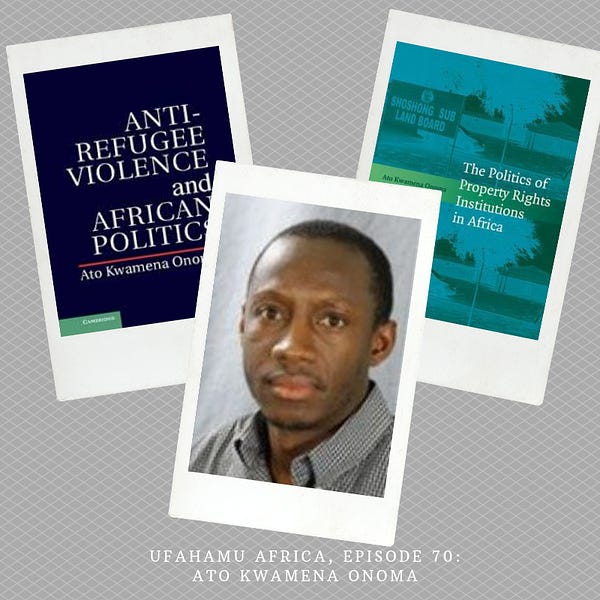
In another article, Onoma examines why some communities have separate cemeteries for people of different faiths while others bury people of all faiths in the same cemetery. He finds that the experience of migration to the city, the historical conversion process to a new faith, and the role of local leaders and elders explains these outcomes. At the individual level, many of the people Onoma spoke with “referenced the teachings of their neighborhood imams, religious guides, Quranic schoolteachers, and erudite acquaintances” as important influencers for how they make their burial decisions.
Cemeteries provide a powerful lens into understanding how populations seek belonging to a city, coexistence of diverse populations before and after death, and struggles over urban space.
3. Local control and decentralization
Local control also helps us better understand decentralization reforms and other bureaucratic and administrative measures. In a new GLD Working Paper, Rachael McLellan explains the importance of local control on decentralization efforts, particularly in authoritarian regimes.
She defines local control as “who wins elected control of the local government in a given subnational unit.” Drawing on the case of Tanzania, she finds that subnational units controlled by the governing party often punish opposition supporters by cutting off state resources. But one way out of this “punishment regime” is for opposition parties to win local office, preventing the governing party from monitoring its opponents. If the local government has financial and administrative autonomy, local control can be an effective way to constrain autocrats.

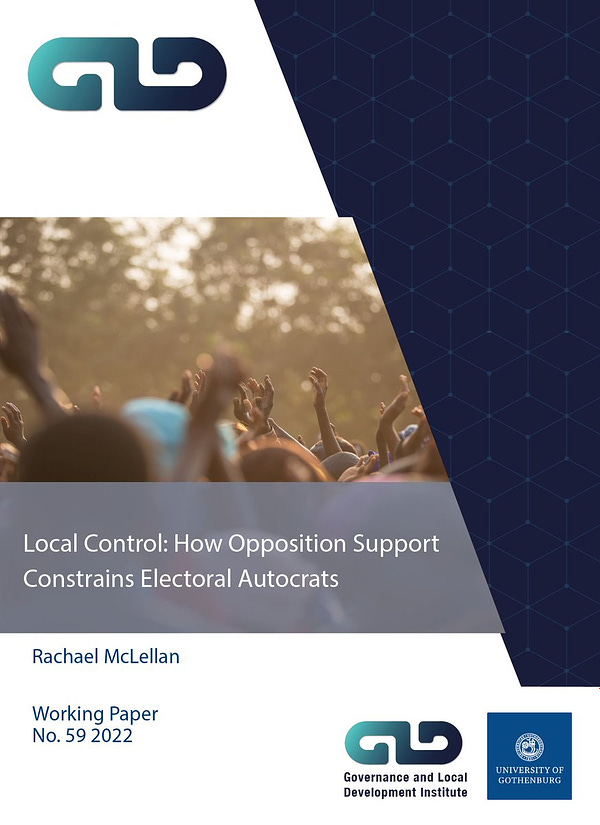
Even in a dictatorship, local control can be one way for opposition to build support and potentially strengthen its position at the national level. If nothing else, it places an important check on the dictator’s power and can help communities manage and maintain public goods in their neighborhoods.
4. Traditional authorities and local control
In a recent episode of GLD’s Governance Uncovered, Ellen Lust discusses the complexities of traditional authorities in Africa and Latin America. Chiefs, ethnic heads, and indigenous leaders play important roles in governing territories based on a piece of ancestral land, or areas reallocated to an indigenous group during colonial times. Jean-Paul Adjadeh and Boniface Dulani discuss the hierarchy of traditional institutions in Ghana and Malawi, respectively, while Christopher Carter explains the more horizontal governance structures of authorities in Latin America.
Most of these communities in Latin America have a deliberative assembly, council of elders, and community president. Traditional authorities in all cases play an important role as intermediaries between residents and local governments.

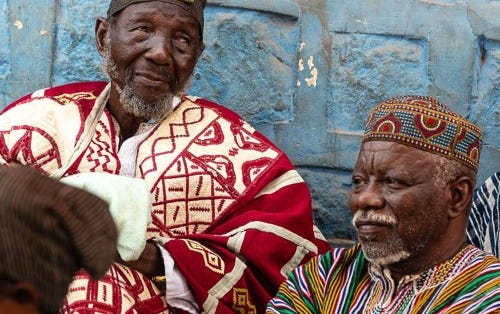
“The institution of traditional leadership is quite dynamic,” Dulani explains. “Often when we have this conversation it is presented as fixed” but that is not the case today. The issue at the heart of most traditional institutions is the link between authority and land. The struggle for local control often manifests as land struggles over ownership and use rights. As land is becoming more valuable across Africa and Latin America, traditional authorities are important power brokers enabling access to and sales of this precious resource.
What do traditional authorities actually do? They manage and mediate access to communal land, organize collective action like communal labor projects, protect the community from external threats, teach tradition and heritage, and settle local disputes. Chiefs can be important peacemakers, as well as development brokers or agents of development at the local level.

For all of these reasons, traditional authorities play a profound role in local governance and development. And this is not always a good thing, as Dulani notes: “I actually think the institution of traditional leadership is one of the greatest impediments to democracy on the African continent. This hereditary institution is not a democratic institution, with very few exceptions.” Dulani worries that the institution prevents the cultivation of a culture to hold elected officials accountable and directly serve the people. Adjadeh rebuts that while politicians come and go, traditional leaders are expected to live with their community for many years.
The struggle for local control must consider battles for traditional leadership, competitions between authorities, and interactions between customary authorities and the government.
5. Local control and citizen participation
We had many interesting conversations about citizen participation at our recent GLD Annual Conference. We concluded that citizen engagement is limited in sparking meaningful change. ICLD’s Ana Maria Vargas Falla emphasized the importance of understanding who is not participating in local governance—who is being left out in the decision-making process. She warned, “Be careful with invited spaces of participation” because decisions might be made elsewhere.
Similarly, Dulani of the Institute of Public Opinion Research Malawi & Afrobarometer asked provocatively, “Whose voice counts? Whose voices are we hearing?” Turning citizen participation into meaningful action is itself a political process that varies across contexts, political systems, and social environments.

At the heart of this political process is the struggle for local control. Local control manifests in different ways, ranging from leading subnational governments to managing cemeteries, from allocating land to authorizing rituals and practices. These local dynamics do not simply go away with macro- and politico-institutional changes. Instead, as Dennis Galvan has argued, local communities and political entrepreneurs craft new institutions and daily experiences in ways to suit their interests. Berk and Galvan call this creative syncretism.
Local control is at the core of these contentious struggles.




Jeff, I loved this — both the content and the approach of how you assemble a quilt of multiple perspectives tackling the same issue from different contexts and disciplines. I sense an implicit argument in that quilt that you don’t make explicit that goes something like:
1. Politicians and activists justify their own self-interest to accumulate local control by using malleable, abstract narratives like “neoliberalism” and “gentrification.”
2. When in fact it all comes down to a competitive game of influence for who gets to make decisions: what gets permitted, how budget is allocated, who gets credit.
3. Cemeteries can tell us how local control, migration, and belonging evolve over time.
4. When “development practitioners” criticize and circumvent “traditional leadership,” they sometimes exclude constituencies that don’t have access to newer, invited spaces of democratic participation.
5. And yet, the hereditary structure of chiefs and many religious institutions is not democratic or easily held to account.
In my reading, your implicit argument stops there. It’s a compelling diagnosis that I think will resonate for most readers. But for progressives advocating for inclusion and rights through democratic decision-making and a culture of accountability, we’re still left with now what? (I’m mindful that you suggest political decentralization as one structural reform to buffer outsider overreach of local control and to mitigate the influence of dictatorships … but it strikes me that Uganda, China, Vietnam, and Rwanda offer cautionary tales about the illusion of local control that, in fact, consolidate the power of federal autocrats/authoritarians.)
I’m curious if 1) my suggested outline of your argument above reflects your views, 2) the implication, then, for advocates of inclusion and accountability like me, my colleagues, and the organizations we fund.